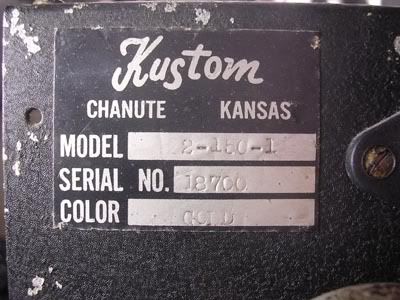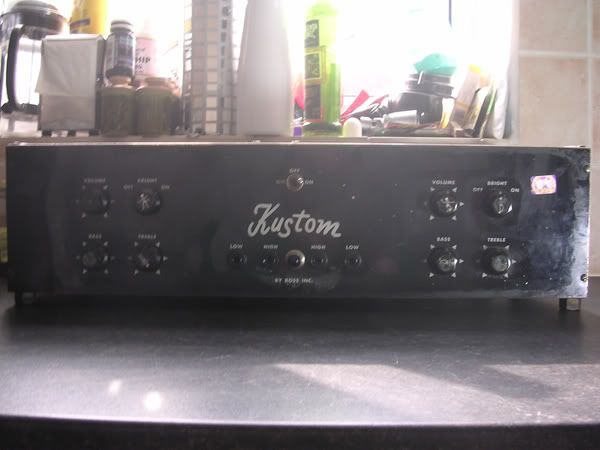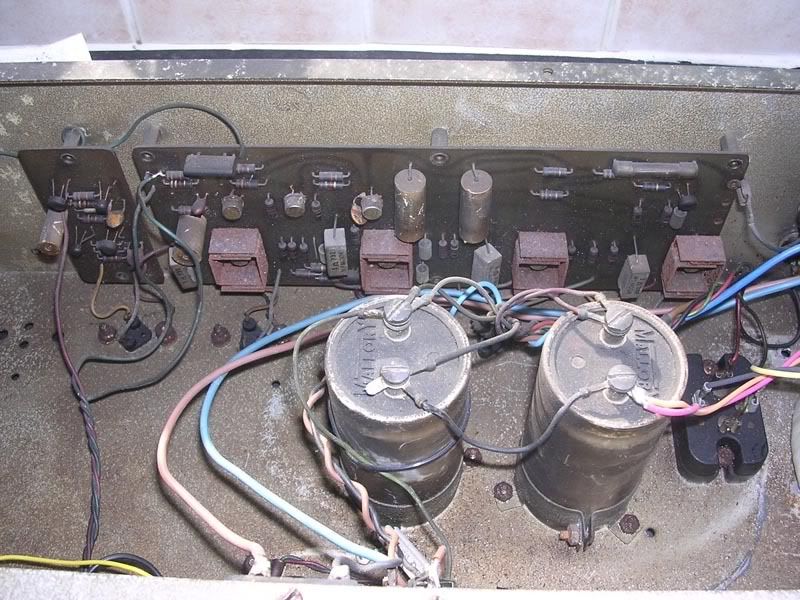Home » VintageKustom.com » Repairing Kustom Amps » Identifying/repairing
|
Show:
Today's Messages
:: Show Polls
:: Message Navigator
|
   |
| ||||||||||||||
| ||||||||||||||
| ||||||||||||||
| ||||||||||||||
| ||||||||||||||
| ||||||||||||||
| ||||||||||||||
| ||||||||||||||
| ||||||||||||||
| ||||||||||||||
| ||||||||||||||
| ||||||||||||||
| ||||||||||||||
| ||||||||||||||
| ||||||||||||||
| ||||||||||||||
| ||||||||||||||
| ||||||||||||||
| ||||||||||||||
| ||||||||||||||
| ||||||||||||||
   |
| Previous Topic: | Help with a K200B |
| Next Topic: | Please help me identify a K100 part |
-=] Back to Top [=-
Current Time: Wed Apr #d 08:23:57 EDT 2024
 Members
Members Search
Search Help
Help Register
Register Login
Login Home
Home











